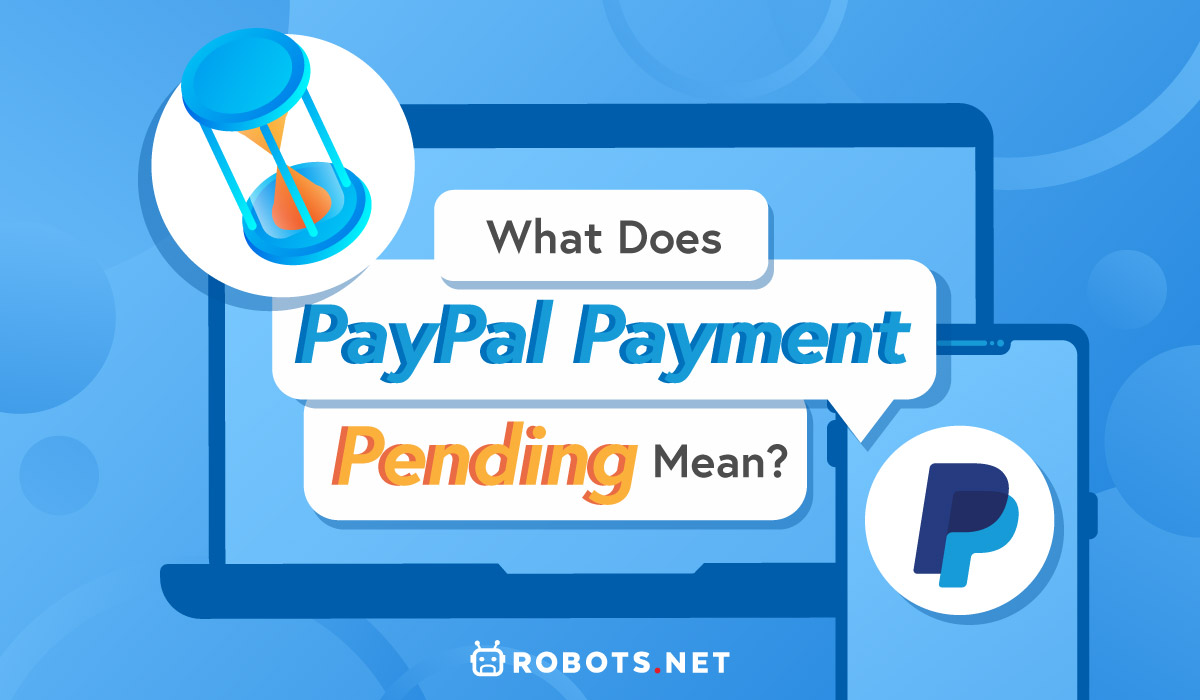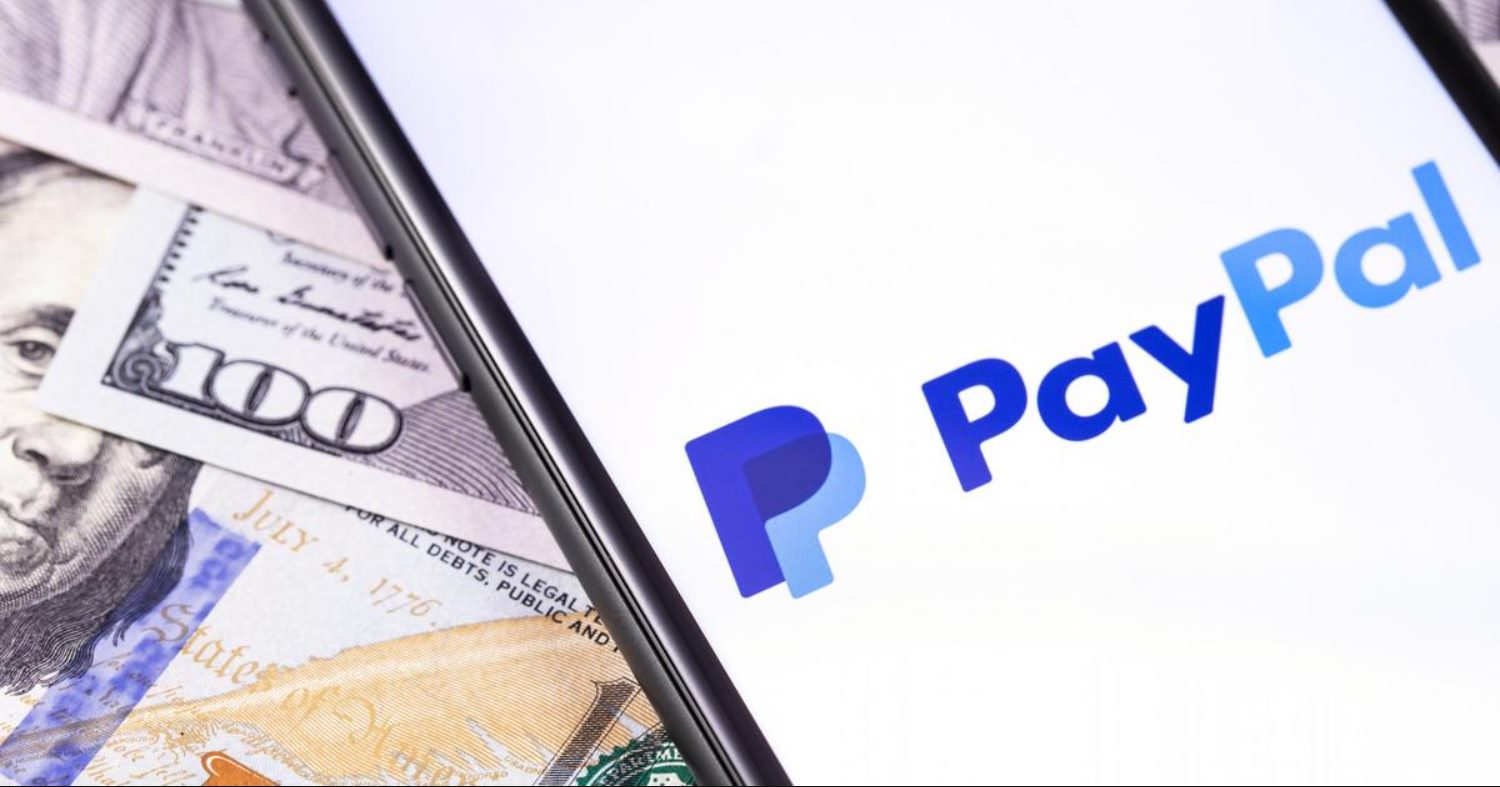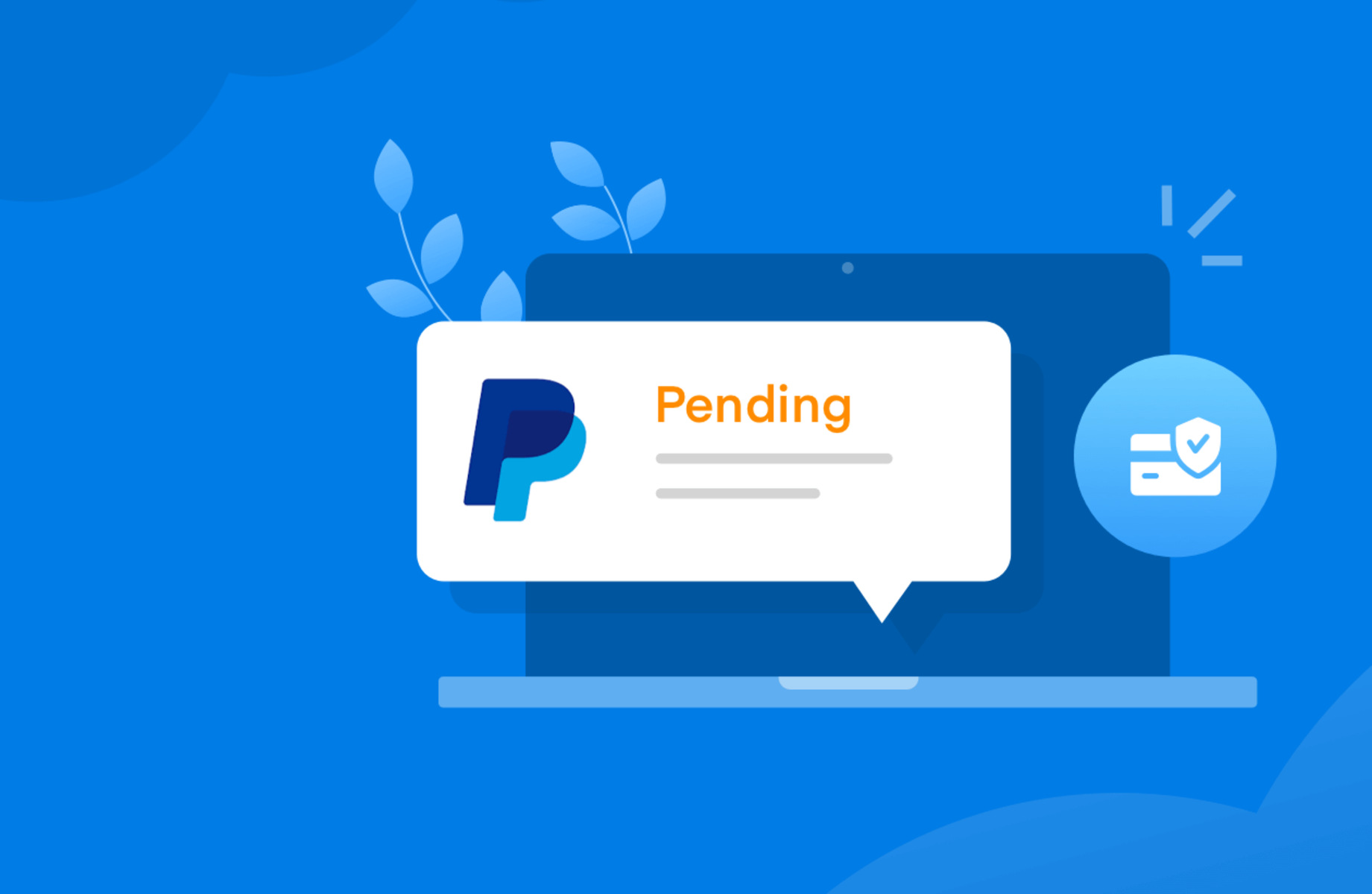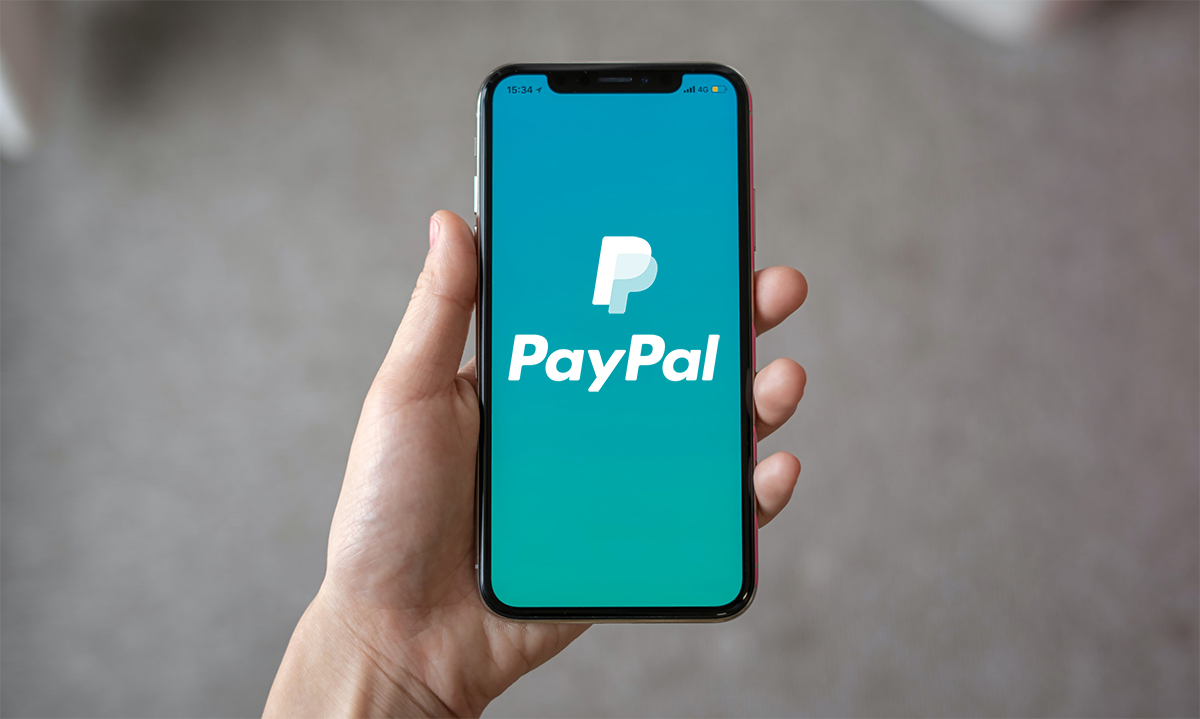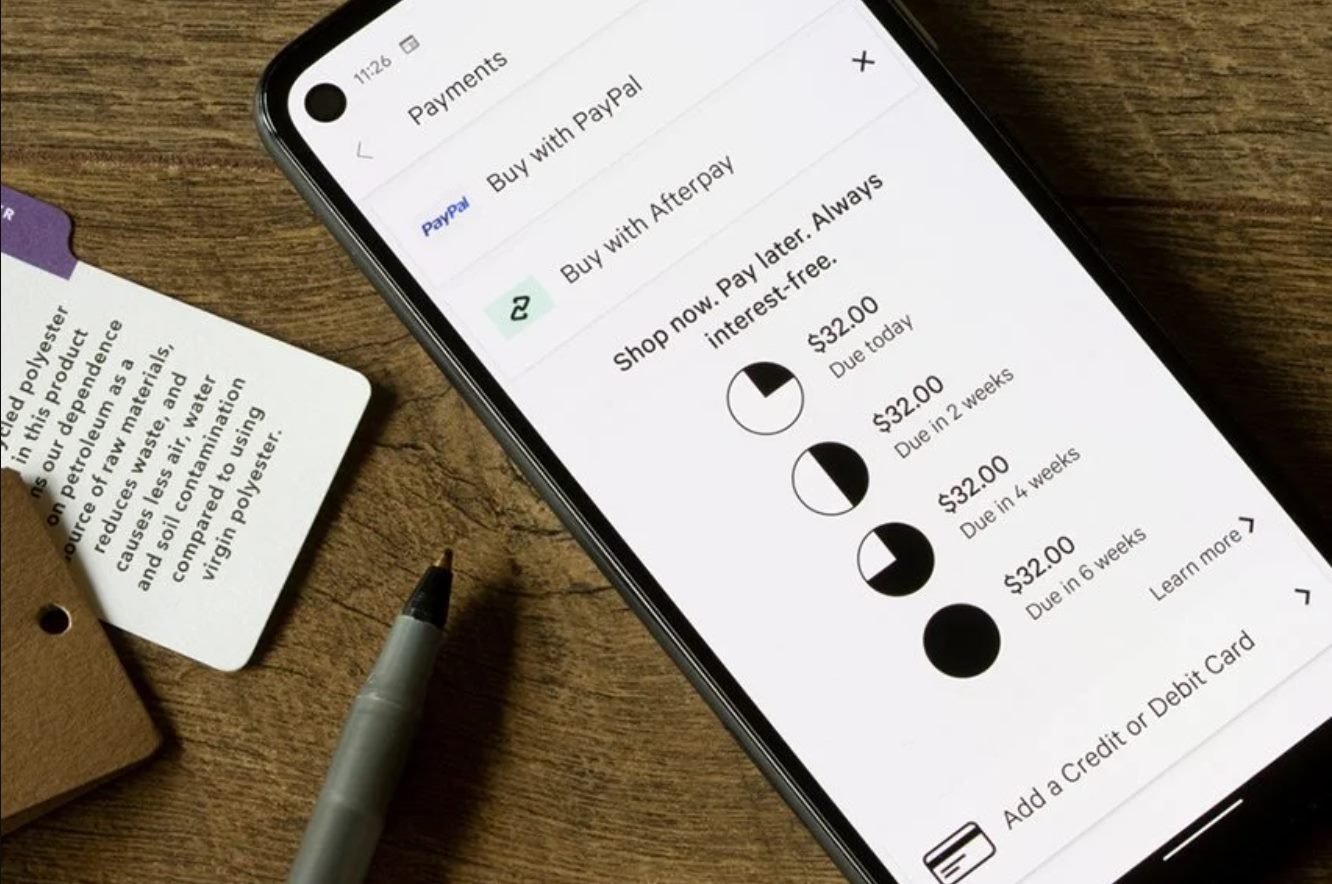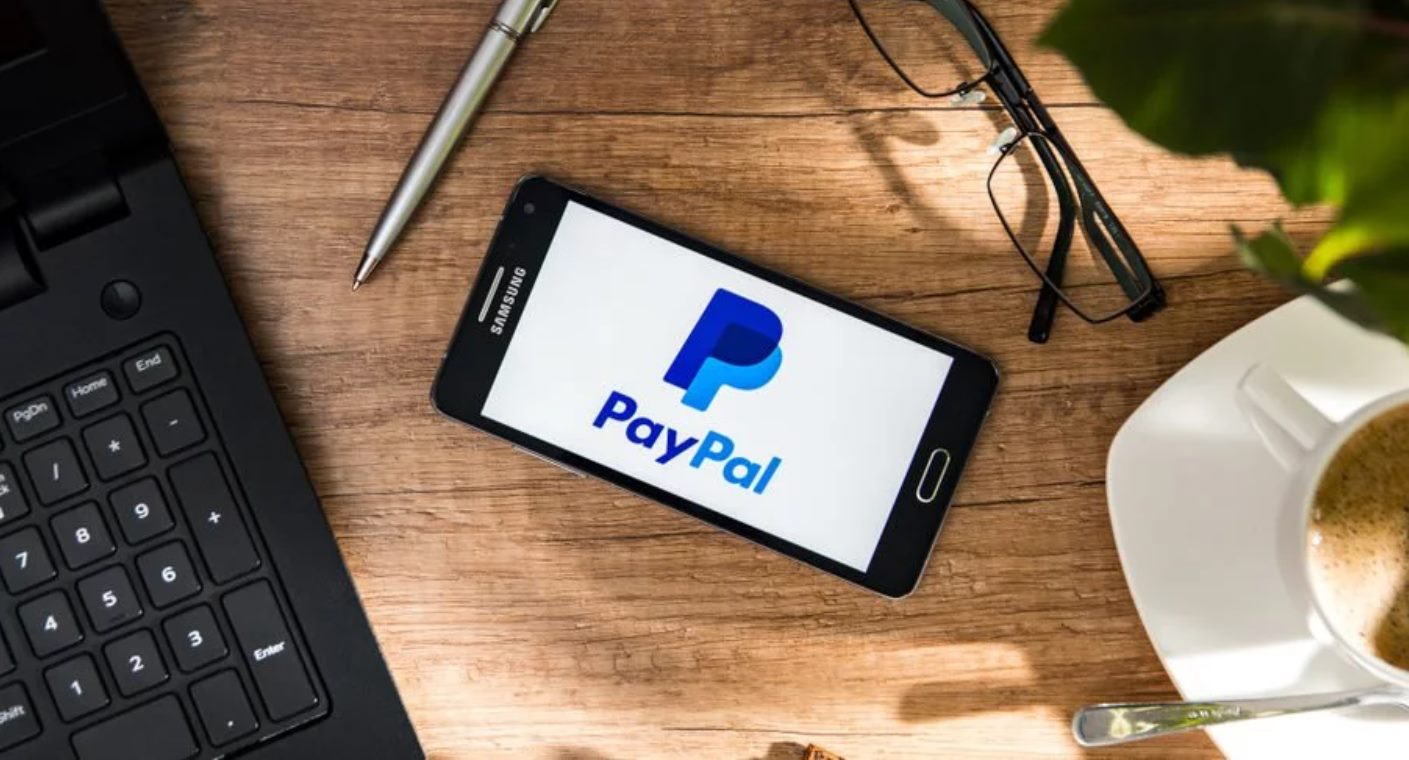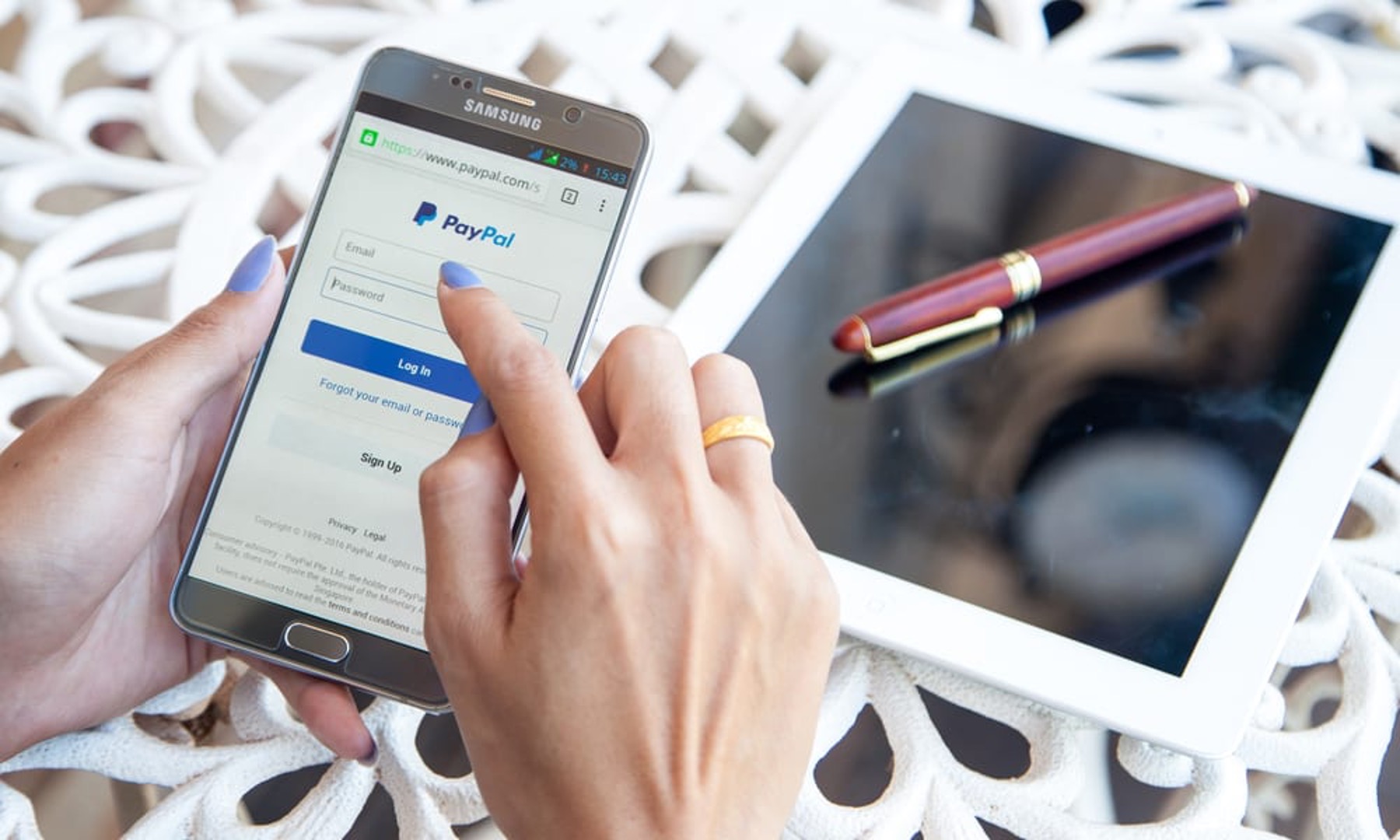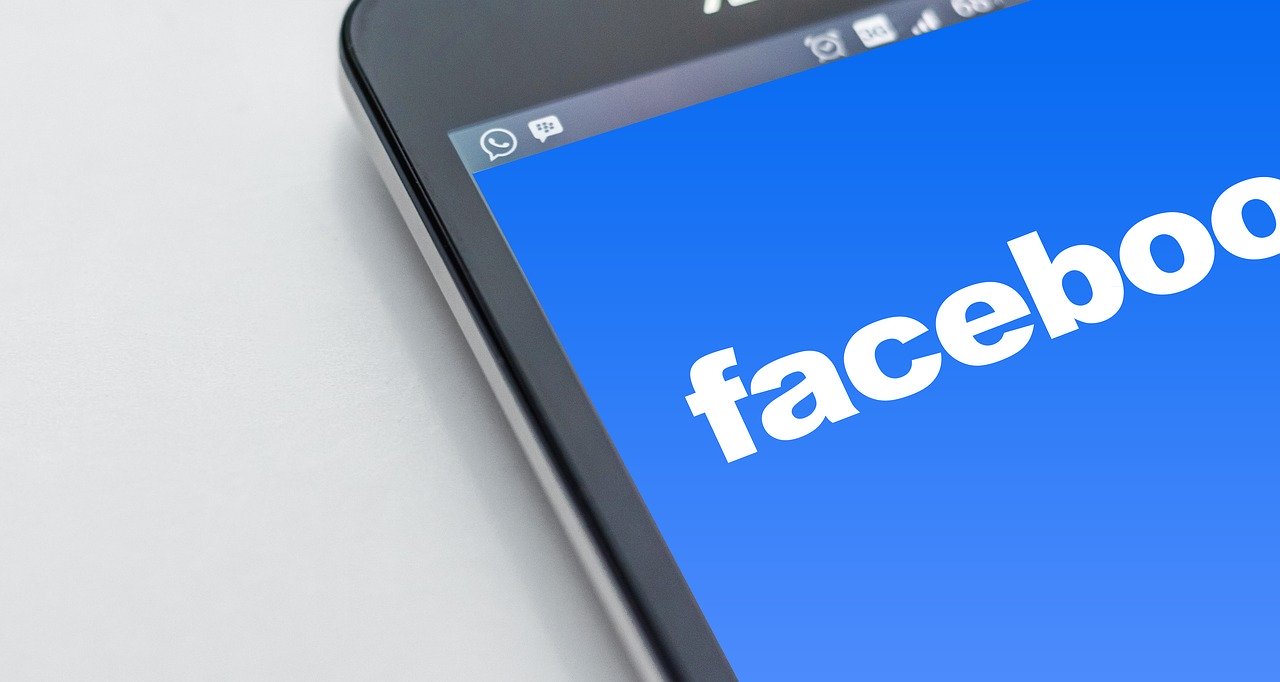PayPal has always been the frontrunner when it comes to online payments. However, that doesn’t mean it’s always convenient and smooth. Sometimes, the platform puts your money on hold or renders payments as pending. This can be frustrating for users, especially when a product is on the line. Is your PayPal payment pending? Here are some of the ways you can understand the problem and how to get around it.
What Is PayPal Payment Pending?
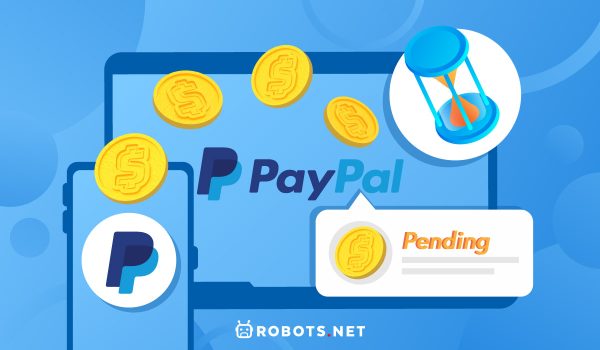

Let’s say you’re a seller who has an ongoing transaction. All is going well, except when the buyer places an order, a PayPal payment pending appears next to the transaction. You’re frazzled and suddenly ask yourself, what does it mean when a PayPal payment is pending?
Simply put, this usually means the recipient has not accepted the money you paid. This could be because PayPal is still reviewing the transaction and has not cleared the payment for acceptance. In this case, PayPal should send the payment once they verify the payment source.
Typically, your payment will finish processing within a couple of days from the date of order. If you are buying a physical product, your PayPal payment pending receipt might only be processed after the seller packs the item. As for services, pending payments usually only finish once the service has been completely rendered.
Regardless of the type of transaction, know that payments will only be completed once the receiving party accepts the payment. However, you can no longer cancel the payments you make through PayPal once it is completed. You can only cancel orders while your status for PayPal payment is pending. To get a refund, you must ask the vendor for a return.
On the other hand, when your PayPal money is “on hold,” it means something similar. Sometimes, this could mean your PayPal payment is still pending. Other times, it could be because PayPal is temporarily holding your funds because of a dispute.
Finally, a temporary hold status means PayPal is holding your money only temporarily as it authorizes the transaction. Hence, the recipient shouldn’t be able to withdraw the money you’ve sent until PayPal finishes the authorization.
How Long Do Pending Payments Last?
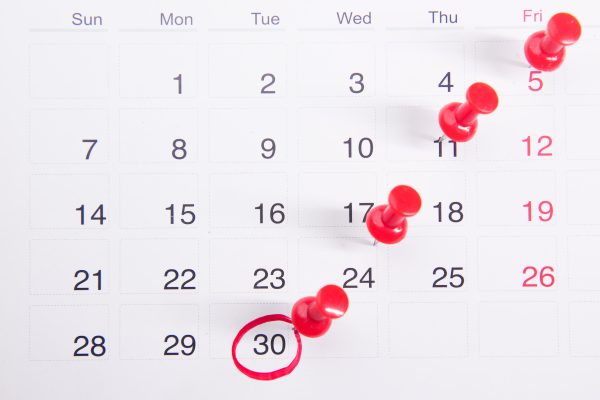

The PayPal payment pending status might shock you at first. It’s especially concerning if this is your first time encountering it. Surely, PayPal won’t be holding your money for too long, right? Is this a cause for concern or are you in the clear?
How long will my PayPal payment be pending? If this is the question you’re asking, the answer might not put you at ease. That’s because, while PayPal typically holds your money only for a couple of days, it could take longer.
Sometimes, the PayPal payment will be pending for a week. Other times, that period could extend to as long as 21 days. There’s no set duration for PayPal payment pending statuses. If you ever have your PayPal payment pending, how long it takes will depend on various circumstances.
However, do note that the PayPal payment pending status shouldn’t last longer than 30 days. That’s because if the recipient hasn’t accepted the payment by then, PayPal automatically cancels the transaction. Before this happens, it may be worth it to check why PayPal has been holding your funds.
Other Payment Statuses
Getting a PayPal payment pending status is fairly straightforward. As we’ve stated, it’s usually because the vendor hasn’t accepted your money. However, if you’re the seller, then it could mean PayPal is holding the funds for some other reason. Meanwhile, a temporary hold means PayPal will release the funds only once they finish authorizing the transaction.
With that said, there are more payment statuses you might need to be aware of apart from these three. Here is a list of the most common ones you might find while transacting using PayPal:
- Held – if your payment is currently being held, this means PayPal is in the process of reviewing the transaction. If you desire more information, we recommend going to the Resolution Center.
- Refunded – as the name implies, this means the recipient issued a refund for the payment. This should reflect on your credit card statement in 30 days or less. However, the amount should come into your account within three to five business days if you paid with your PayPal balance.
- Denied – when something is denied, it means the seller or recipient didn’t accept the money you sent. This should mean that the amount is credited to your bank. You can see why the seller denied your payment via the transaction details or through contacting them via email.
- Unclaimed – if your payment is unclaimed, this means the seller or recipient hasn’t received or accepted it. In this case, if 30 days pass and the vendor doesn’t accept the payment, it will be canceled.
- Completed – a transaction is completed when the seller or recipient accepts or receives the payment. This means it was successful and your product should be on the way to you, depending on the terms.
What Are the Causes of PayPal Payments Pending?
Why is my PayPal payment pending? Whether you’re a seller or a buyer, there are numerous reasons why a PayPal payment pending status is issued. Let’s look at the potential causes to demystify the issue.
You’re a First-Time Seller
For sellers, a PayPal payment pending status could be because this is your first sale. This means PayPal doesn’t completely trust you yet because there’s no history to verify the reliability of your transaction patterns. Hence, PayPal could restrict some of your transactions, business, or activity.
Thankfully, you can get around this by simply verifying your identity. Moreover, as you create a credible and positive selling history over time, you’ll be less likely to have pending payments.
It’s Been a While Since Your Last Sale
Users who are just returning to PayPal may incur a PayPal payment pending status on their transactions. This applies to both vendors and customers. The more you can rebuild a positive buyer-seller transaction history moving forward, the less this will be a problem.
Customers Have Claimed Issues Against You
The PayPal payment pending status could also be because customers have filed claims against you. It could be anything from filing for too many refunds, claiming disputes, or chargebacks. One customer filing a complaint won’t be too much of an issue. However, you’ll run into problems if multiple customers have done the same.
This will prompt PayPal to hold the funds until you resolve the problem. To eliminate the issue, you’ll need to talk to your clients and sort things out. Make sure to provide accurate shipping fees, quality assurance, delivery times, and return policies.
You Have an Odd Selling Pattern
Your PayPal payment pending receipt could be because PayPal thinks your activity is suspicious. For example, you might be selling items at an alarmingly higher volume or the items you’ve delivered suddenly changed prices.
Your Products Are Risky
The riskier the products you sell, the more likely you’ll get a PayPal payment pending status. What are the riskier items? Gift cards and travel packages are good examples. Moreover, more expensive items like consumer electronics and computers could also be high-risk products.
How to Settle a Pending Payment on PayPal
Usually, a PayPal payment pending status will last for 21 days before payments are released to the seller. However, while some sellers might be fine with this, others don’t have the luxury of time. With that said, is there any method how to get pending money from PayPal faster? Here are some things you can do to expedite the process.
Print a USPS/UPS Shipping Label
It might sound a little strange, but printing a USPS or UPS shipping label can help. Of course, you must only do this after verifying that there’s no problem with the order. If so, then we recommend printing them from your account a day after delivery. This should update your tracking and delivery confirmation.
Include Tracking Information
If you find that your PayPal invoice payment is pending, we recommend trying to add tracking information. All it takes is to upload a partner carrier’s tracking number. This will prompt the PayPal payment pending status to change and the company should release payments within three days.
However, the carrier must confirm the delivery first before PayPal will release its hold on the money. Moreover, you can only perform this action a day after the item was delivered with supported carriers. Here is a list of the carriers PayPal supports in the USA:
- DHL eCommerce US or DHL Express (Piece ID)
- Echo
- Ensenda
- Expeditors
- FedEx
- Globegistics Inc.
- MailAmericas
- Newgistics
- OnTrac
- RL Carriers
- RRD International Logistics U.S.A.
- UPS
- USPS
Contact PayPal
Whether your PayPal pending payment is to a friend or a seller, you can always contact PayPal for assistance. This is especially true if you don’t know the reason why the PayPal payment pending status appeared. Here’s how to contact PayPal through various channels:
- Visit PayPal’s customer support website
- Call the company’s hotline through 1-888-221-1161
- Ask the community
How to Accept PayPal Payment Pending
If you’re the recipient and simply haven’t accepted the payment, then resolving the PayPal payment pending issue should be easy. All that PayPal requires is that your account accepts the payment. Here’s how to accept a pending payment on PayPal.
- Open PayPal and log in
- Navigate to your PayPal Activity
- Search for the pending transaction
- Click the “Accept” button
How to Prevent PayPal Payment Pending
Just as numerous things prompt a PayPal payment pending status, there are many ways to prevent it. Below are some tips to do just that.
Check Your Email
PayPal sends an email to your account regarding your PayPal balance after transactions. It also sends you an alert under the “Account Overview” page. Both of these should provide you with the reasons why PayPal is holding your money. As such, you can address the issues they detail directly and what you can do to prevent this next time.
Post Accurate Images
If you’re a seller, you can easily prevent PayPal payment pending issues by providing accurate product depictions. This limits the number of refunds, claims, and disputes customers might file against you.
How do you accomplish this? Simply post real and accurate images of the product you’re selling. Include a detailed description of the product and provide important information. Moreover, try to be transparent about the shipping times, fees, and methods.
You should also process orders quickly and package your products properly so they’re not damaged in transit or during handling. Finally, we recommend being clear about return policies as this will prompt the customers to think twice before purchasing.
Update Your Buyer With Tracking Information
As a buyer, it can be nerve-wracking to shop for items online. That’s especially true if they require longer shipping times and long-distance deliveries. Hence, the best thing you can do as a seller is to update them by uploading tracking information.
To accomplish this, we recommend using one of PayPal’s supported characters. In addition, printing a USPS/UPS shipping label should be your top priority. This should put the customers at ease and give them peace of mind, knowing their order has been shipped.
Offer Good Customer Service
Disputes and claims are usually a result of poor customer service. That’s because customers usually contact sellers first before resorting to filing disputes or refunds. This post-sale communication stage is crucial in keeping your customers happy and reassured. Moreover, after-sales service is also important because issuing replacements or anything related will keep the number of complaints down.
On the other hand, sometimes situations inevitably escalate and the customer files a dispute regardless. In these cases, your only option is to work it out as quickly as possible. This will at least let PayPal know you’re at least not an irresponsible seller. Furthermore, resolving issues quickly will ensure they won’t pile up over time.
You can easily resolve disputes through PayPal’s Resolution Center. Make sure to communicate with the buyer consistently, frequently, and honestly. You should be able to conclude faster by doing so. Moreover, ensure there are no misunderstandings between you and the buyer regarding the item or your policies.
How to Cancel PayPal Payments Pending
Getting a PayPal payment pending status may be concerning if you’ve never had it before. However, one upside to this status is that you can easily cancel any transactions because they’re still incomplete. Here’s how to cancel a pending payment on PayPal if you’re a buyer.
- Log in to the PayPal website
- Head to your PayPal Activity
- Look for the specific payment
- Click on “Cancel”
Note that you can only cancel PayPal payment pending transactions if they appear under your account’s Activity screen. They should be under the “Pending payments” section with the status showing as “Unclaimed.” These should have a “Cancel” option next to them. If a recipient hasn’t claimed your payment after 30 days, it should cancel automatically.
However, if the transaction’s payment status is “Completed,” you cannot cancel it anymore. The only course of action you can take now is to request a refund. For this, you’ll need to contact the seller through email or other online channels so they can return your money. If you’re rejected, you can dispute the rejection if you’re entitled to a refund.
To contact your seller, you only need to log in to PayPal. Then look for the payment under the “Summary” section. This should showcase the recipient’s email.
Apart from these, note that payments made with cards will refund the money to those cards. However, this can take up to 30 days to finish and show up in your statement. On the other hand, if you used your PayPal balance, you’ll receive the refund within three to five business days.
Bonus: Beware of Scam Emails
While you should certainly review PayPal’s emails, sometimes fake emails can also make their way into your inbox. These emails are usually forgeries that indicate a “buyer” has already paid for your item. However, PayPal has since held the payment and the issue will only resolve if you send the shipment tracking number.
Do not fall for this because it’s likely a scam. Usually, scammers use this method so you can ship an item to them without having paid for it. To avoid this, make sure to double-check the email address every time. The scammer could be misspelling PayPal’s original email to confuse you or using a legitimate-sounding address to scam sellers.
Settle Pending PayPal Payments Today


With that said, we hope this has cleared up a lot of things regarding PayPal payment pending concerns. It’s PayPal’s way of protecting users. You shouldn’t face this problem too often if you abide by PayPal’s rules properly. Moreover, being a responsible seller, providing shipping information, and keeping your customers happy should lessen the problem’s frequency. We hope this has been a helpful discussion and guide to mitigating PayPal payment pending issues.







